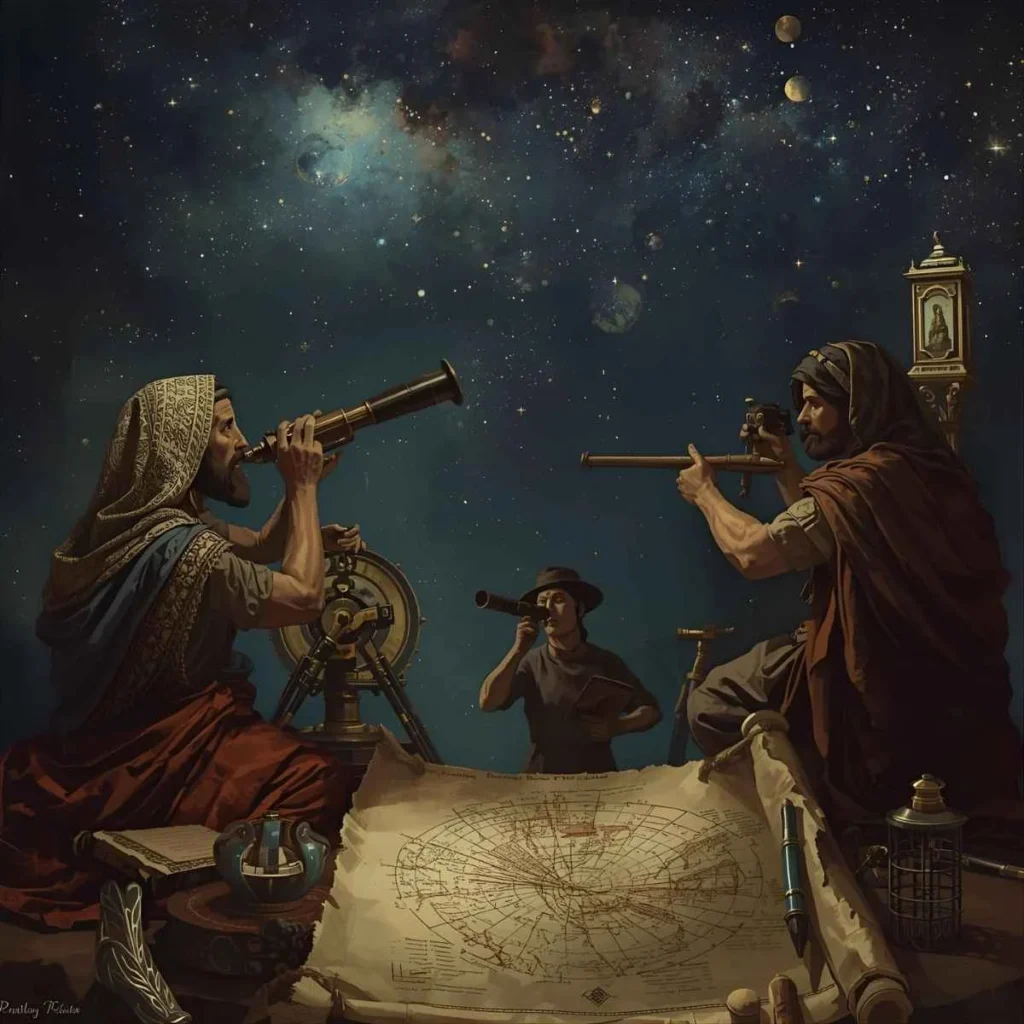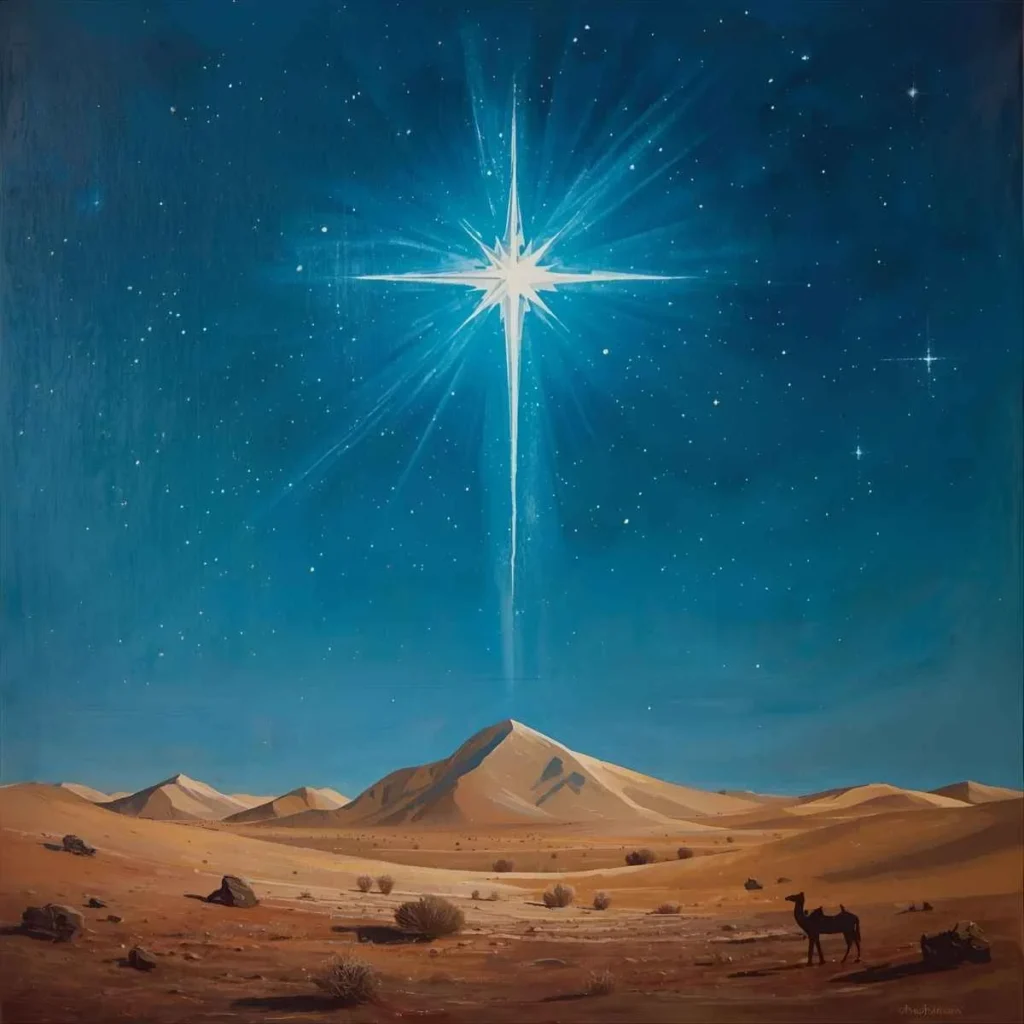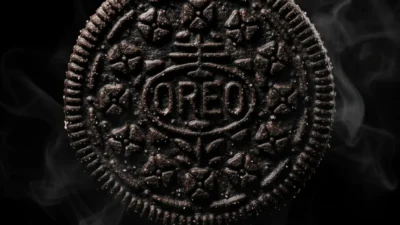The star symbol has fascinated humanity since the beginning of time. From the night skies that guided travelers to the stars that appear in flags, art, and jewelry, stars have always symbolized light, hope, and direction. They shine brightest in the darkness, reminding us that even in difficult times, guidance and inspiration are always present.
Across cultures and religions, stars represent divine energy, destiny, and inner truth. They are not just celestial objects but spiritual beacons — symbols of enlightenment, ambition, and the soul’s eternal journey toward clarity. Whether a five-pointed star or a shooting one, each carries a story of illumination, power, and transformation.
Historical Origins of the Star Symbol
The use of stars as symbols dates back thousands of years. Ancient civilizations looked to the heavens for meaning, believing stars were the homes or messages of gods.

- Babylonians used stars for astrology and navigation, linking them to fate and divine will.
- Egyptians associated stars with eternal life — they believed pharaohs became stars after death.
- Greeks and Romans saw constellations as mythological beings, giving them divine stories that shaped early astronomy.
The five-pointed star, known as the pentagram, appeared in ancient Mesopotamia as a sign of balance and cosmic harmony. It represented the five elements — earth, air, fire, water, and spirit.
In early Christianity, the star was a symbol of Christ’s divine light, while in Judaism, the Star of David represented divine protection and unity. Over time, stars became universal emblems of guidance and faith — showing that no matter the culture, the human heart seeks light in the darkness.
Spiritual Meaning of the Star
Spiritually, the star symbolizes hope, inspiration, and divine presence. It reminds us that light always follows darkness — a message of faith and perseverance.
Each type of star carries a unique spiritual vibration:
- Five-Pointed Star (Pentagram): Represents balance and human connection to the universe. Spirit overcomes matter.
- Six-Pointed Star (Star of David): Symbol of unity between heaven and earth, divine protection.
- Eight-Pointed Star: Represents regeneration, new beginnings, and spiritual awakening.
- Shooting Star: Symbolizes fleeting moments, wishes, and life’s beautiful impermanence.
In meditation and healing practices, the star is often used to connect with higher consciousness — a reminder that light and wisdom already exist within.
The Star as a Symbol of Guidance and Destiny
For centuries, travelers have looked to stars for navigation — both literal and metaphorical. The North Star (Polaris), which remains fixed in the night sky, has long represented guidance and stability.
Symbolically, this translates to the human experience: when life feels uncertain, the “North Star” represents one’s moral compass — the unwavering inner truth that helps navigate challenges.
In dreams and art, stars often appear as signs of destiny. They suggest that the universe has a path prepared for you, and following your “star” means trusting your intuition and purpose.
Star Symbol in Religion and Mythology
Stars hold sacred meaning in nearly every religion and mythology.

- Christianity: The Star of Bethlehem guided the wise men to Jesus’ birthplace, symbolizing divine revelation and hope.
- Islam: The crescent and star symbolize faith and divine guidance, seen on many flags of Islamic nations.
- Judaism: The Star of David (Magen David) stands for unity, divine protection, and the relationship between God and humanity.
- Hinduism: The star is connected to cosmic energy and the cycles of life, symbolizing spiritual knowledge.
- Ancient Greece: Stars were believed to be the souls of heroes who had ascended to the heavens after death.
These interpretations all share one message: stars are links between heaven and earth, guiding lights that inspire faith and truth.
Star Symbol in Modern Culture
In modern times, the star remains a powerful and versatile emblem.
In flags, stars represent unity, strength, and national ideals — like the stars on the American flag symbolizing each state’s place in the union.

In fashion and jewelry, stars signify hope, personal strength, and beauty. Many people wear star pendants or tattoos to remind themselves to “shine through darkness.”
In pop culture, stars often represent fame and aspiration — “reaching for the stars” means striving for greatness, while “being a star” means achieving recognition.
The enduring power of the star symbol lies in its duality — it’s both personal and universal, earthly and divine.
The Star Symbol in Art and Literature
Writers and artists have long used stars as metaphors for dreams, freedom, and human potential.
In poetry, a star often represents inspiration — something pure and unreachable yet eternally guiding. In literature, it’s a symbol of destiny and unfulfilled longing, as seen in phrases like “star-crossed lovers” from Shakespeare’s Romeo and Juliet.
Artists use stars to depict spiritual awakening, inner light, or cosmic mystery. Whether painted on ceilings of cathedrals or scattered across abstract canvases, stars remind us of the beauty and vastness of existence.
Star Symbol in Tattoos and Jewelry
The star is one of the most popular tattoo and jewelry motifs — and for good reason. It’s elegant, meaningful, and deeply personal.
Common meanings include:
- Guidance: Staying true to one’s life path
- Hope: Light in dark times
- Faith: Belief in unseen forces
- Ambition: Reaching for goals and dreams
- Transformation: New beginnings and rebirth
People often choose designs like shooting stars, constellations, or pentagrams to express individuality, spirituality, or resilience.
Star Symbol in Dreams
Dreaming of a star signifies hope, inspiration, and spiritual connection.
- A bright star represents success or guidance.
- A falling star suggests letting go of the past and embracing change.
- A sky full of stars often symbolizes a new chapter filled with possibilities.
Dream interpreters believe stars remind us to trust our intuition — to follow the light within when the world feels dark.
FAQs
Q1: What does a star symbolize spiritually?
Spiritually, a star symbolizes divine guidance, inner light, and the connection between heaven and the human soul.
Q2: What does the five-pointed star mean?
It represents balance, protection, and the harmony of the five elements — earth, air, fire, water, and spirit.
Q3: What does it mean to dream of a star?
Dreaming of stars suggests hope, inspiration, and following your destiny. A shooting star often means your wishes or goals are within reach.
Q4: Why is the star a symbol of hope?
Because stars shine brightest in darkness, they represent hope, perseverance, and the promise of light even in hard times.
Conclusion
The star symbol carries a timeless message — one of light, faith, and transformation. From ancient mythologies to modern tattoos, it continues to inspire people across generations and cultures.
Whether seen in the sky, worn as jewelry, or written in art, the star reminds us of our eternal connection to something greater — a universal light that never fades, guiding us toward truth, purpose, and infinite possibility.

James Joyce was a master of symbolism and consciousness, weaving deep spiritual and psychological layers into modern literature. His writings uncover the sacred within the ordinary, exploring how meaning and divinity flow through human thought, memory, and experience.



